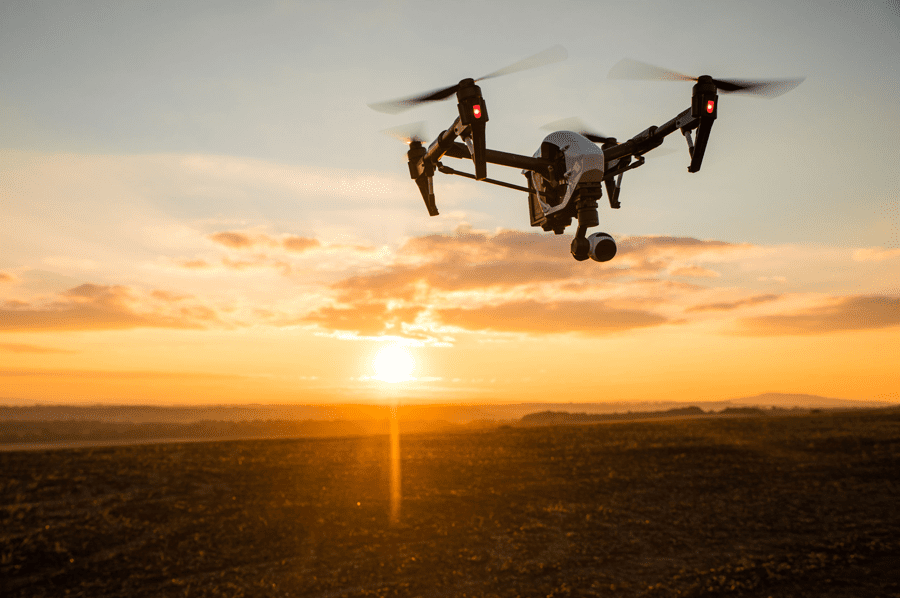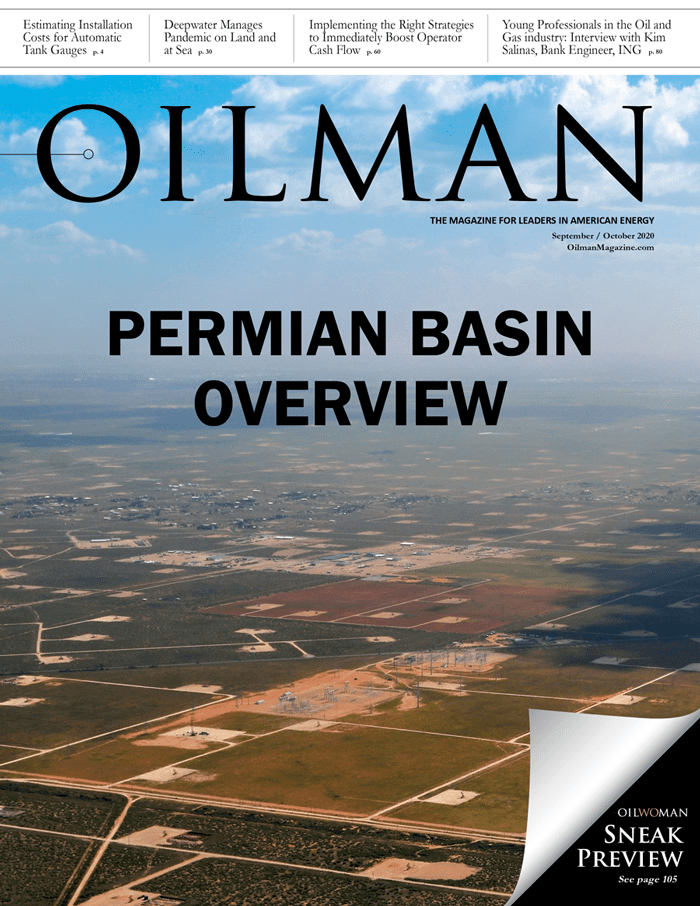Although awareness of the safety solutions offered by unmanned aerial systems (UAS) – aka drones – has recently spiked across the healthcare community due to the coronavirus crisis, perhaps one of the fastest growing uses of this burgeoning and advanced technology is within the oil and gas industry. Not only can drones be used for asset inspection and repair at large scale energy facility sites, but now a new breed of bots is able to monitor work-in-progress in all environments and across natural elements by traversing land and swimming in the water! The advent of spherical, amphibious and all-terrain drones is creating a powerful complement to their airborne counterparts to achieve better business practices, streamline solutions, increase safety and elevate profitability across the entire energy field.
But the key to conducting successful missions is in the cloud! Programming any type of drone hardware with customized capabilities enables it to collect, analyze, store, model and share data in real time, giving oil and gas engineers the ability to transform bots and UAVs into powerful, autonomous, AI-infused entities for complicated missions in surveillance, security, detection and repair.
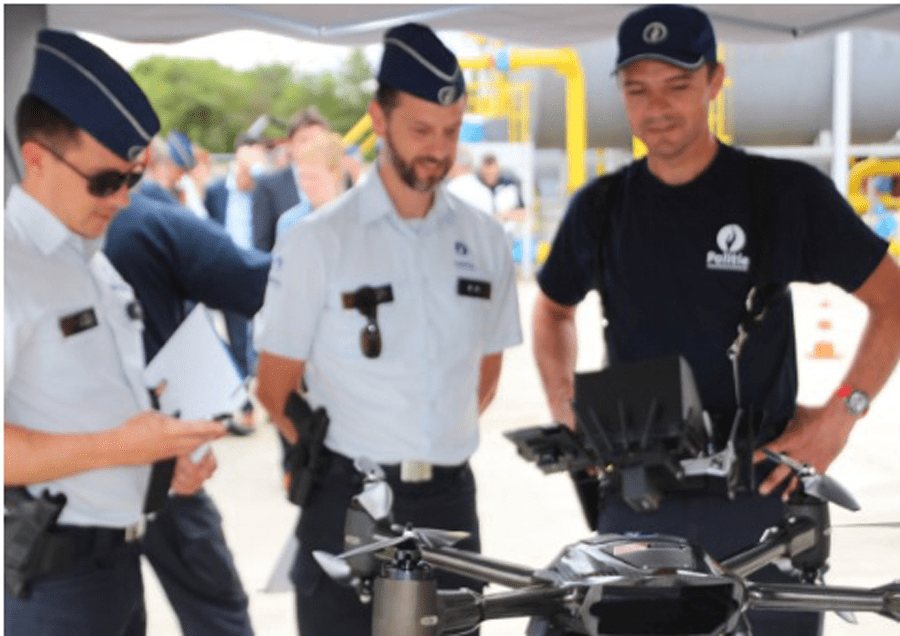
Besides a variety of aerial drones with highly specialized vertical takeoff and landing (VTOL) functions, spherical drones offer total environmental protection and ultimate precision to the profession by traversing all types of terrains, including paved roads, dirt paths, sand dunes, snowy fields, sloped mountains and ocean surfaces. These radical bots can range from six and a half inches to seven feet in diameter and move fluidly in a forward and backward motion, as well as make 360-degree turns, reaching maximum speeds of 12 mph on land and three mph in water. Each one contains interchangeable sensors, such as video cameras, thermal, infrared, microphones GPS and audio for continuous content gathering, transmission of data and constant communication for command and control (C2). What’s more, they can operate up to 25 hours on a single charge.
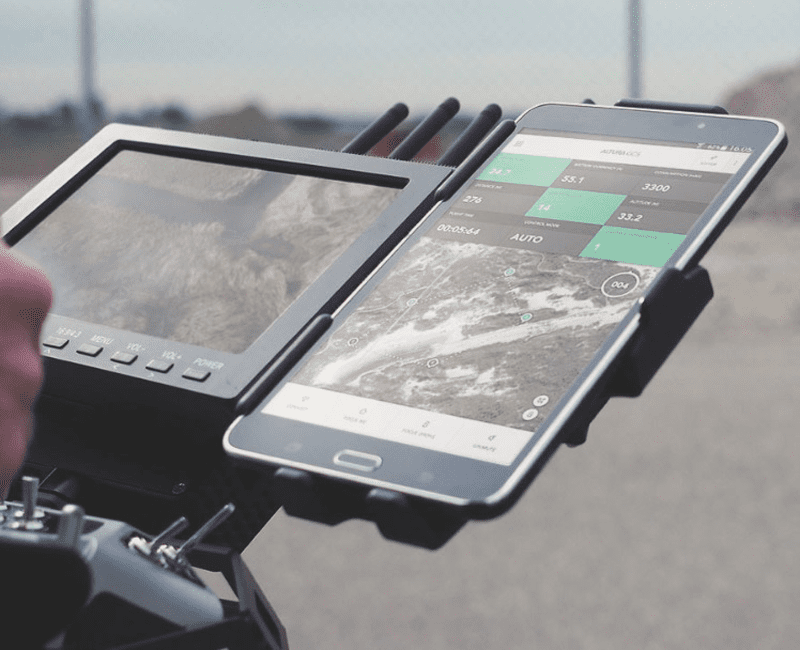
Further, through cloud-based connectivity, land and sea drones can be paired to communicate with their flying counterparts for a strong and seamless unmanned system (US) that works together in solving crucial oil and gas infrastructure challenges in a way that is more efficient, cost-effective and safer than traditional methods.
Here’s how:
Reduce Costs – A UAV can be used to automate complex tasks and therefore reduce labor costs. Instead of incurring thousands of dollars in helicopter operational costs for most aerial missions (inspection of a flare-stack, for instance), UAVs can be used for a fraction of the cost, while providing better accuracy through the use of multiple sensors on the same platforms.
Increase Safety – In areas that have been exposed to contamination by an oil spill, a natural gas explosion or that are potential security threats, an enterprise drone solution can enable organizations to explore these areas and even deliver supplies without exposing employees to dangerous risks.
Increase Production – Keeping oil refineries and rigs operational ensures the smooth flow of product to customers.
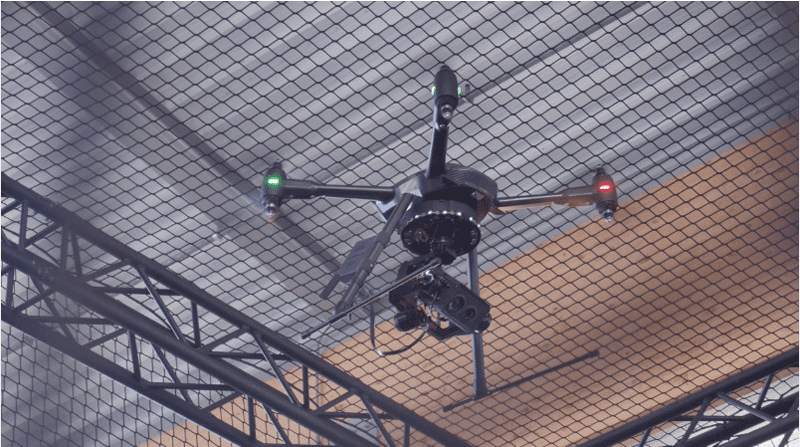
released on a field mission.
Clearly, the latest advancements in sensing and imaging technology are enabling drones to be deployed in a wide range of settings across the oil and gas industry to perform inspections as well as predictive maintenance of critical infrastructure.
Specific applications, include:
Pipelines – Drones have become the most affordable means to inspect the thousands of miles of pipelines transporting oil and gas around the world. These infrastructures must constantly be monitored to reduce the potential for undetected leaks, which may cause life-threatening fires and explosions. Drones can be equipped with optical sensors to inspect equipment for potential pipeline leaks and impending points of failure, infrared sensors to examine equipment and pipelines for heat signature anomalies, as well as normalized difference vegetative index (NDVI) sensors to evaluate plant life color differentials next to pipelines, which may also cause possible leaks.
Power Plant Facilities – Commercial drones provide high-resolution, optical inspections of gas power plants and oil refineries and alerts of potential breaches and pending points of failure. The technology can also check efficacy, transmission lines and surfaces. Autonomous drones loaded with infrared sensors and computing on the edge can monitor such facilities using ISR functions.
Emergencies – Distribution of single drones or entire drone swarms that include ground-based, amphibious and aerial combinations can safely assess a land or aquatic situation after a disaster, like an oil spill, or conflagration by utilizing photoelectric sensors that offer a first-person view of heat signatures to evaluate fire risk vectors using normalized difference vegetative index (NDVI) sensors. In addition, drones can be used to measure and quantify oil spills with the ability to assess where the oil is spreading, how quickly it is moving in the water, and the specific areas it has reached. This real-time information can determine where to send response vessels and recovers time previously spent on the process of damage detection.
Transportation – Drones assist in natural gas tunnel and oil well evaluations, as well as the delivery of goods and supplies to key engineers and personnel across the entire distribution chain whether they are on land or the ocean.
Water Systems – Inspecting offshore oil platforms is much more complicated than those on the mainland and puts workers at a higher risk. Lengthy shutdowns can damage efficiency and operations can be forced to go offline. Using drones can help minimize these complications as they can transmit real-time information to the operator on the rig, while flying within meters of the offshore platform. HD video and still imagery can be provided from all angles – vital information that can be used to assess and plan necessary work in advance. Autonomous drones supplied with high resolution optical and infrared sensors can also be disseminated to monitor external boundary and internal surfaces of offshore oil facilities using ISR functions.
Gas Emissions Monitoring – Oil and gas companies are constantly looking to reduce methane from operations to mitigate climate change and global warming. To achieve these objectives, drones with highly sensitive optical sensors can help monitor gas emissions over large critical sites and difficult to reach areas like hydraulically fractured gas wells and make surveying, identifying and correcting leaks a simple task. Drones help reduce the cost of carrying out such inspections and allow safe 3D mapping of drill sites, gas pipelines, landfills and other municipal operations.
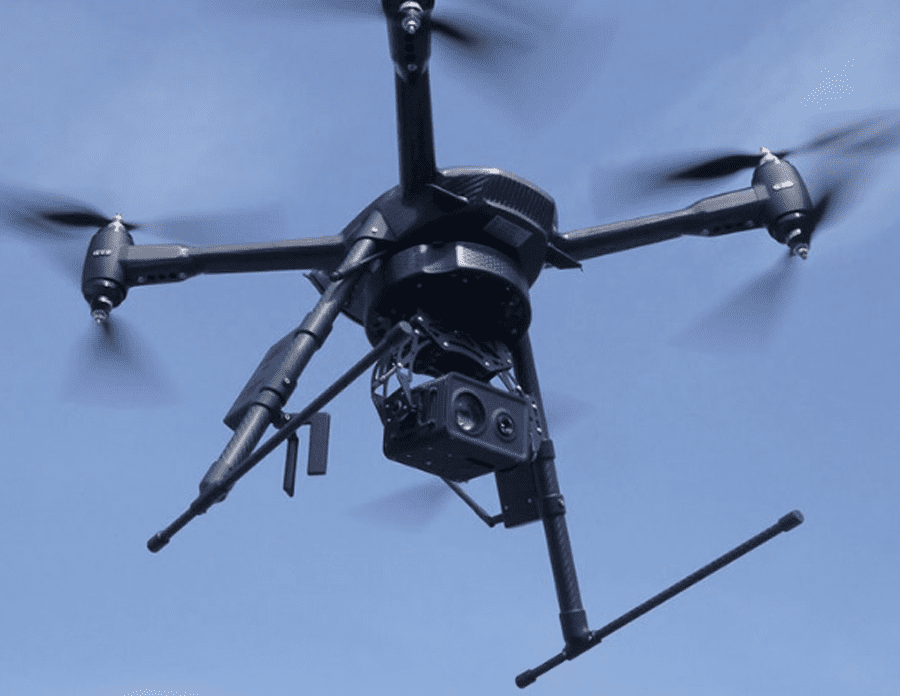
Drones, whether aerial, land-based or aquatic, provide essential services to the entire energy industry through their virtual monitoring and surveillance, inspection and maintenance, methane management, emergency response and material handling functions. The total results and benefit for all oil and gas companies that use comprehensive and enterprise drone solutions are exhaustive. Reducing costs, maximizing return on investment (ROI) and creating new business value in a safe, responsible and eco-friendly manner are the business justification for a well-defined enterprise UAV solution in the oil and gas industry!
Barry Alexander is a veteran airline pilot, who recognized the need for an aviation-inspired and real-time proprietary operating system (RTOS) to take commercial drone functionality to the next level and thus created Aquiline Drones (AD), the first U.S.-based, comprehensive drone solutions company, comprised of highly experienced aviators, software engineers and IT gurus. With a customer-centric model, U.S.-based manufacturing, U.S. supply chain, and world-class MRO services, the company offers innovative ways to use drones in commercial activities.
Supported by a dedicated UAV cloud and real-time OS, autonomous drone operations with real-time control and dynamic in-field decision making capabilities, Aquiline Drones’ full spectrum of technology solutions provides a more expansive and deeper applicability across countless industries and environments by delivering real-time data insights. Aerospace-compliant processes for software, hardware manufacturing and systems integration, along with best-in-class mission capabilities are being planned and designed as the company continues to forge relationships with federal, state and private organizations in an effort to develop and launch new drone system applications in a collaborative manner. Visit www.AquilineDrones.com for more information.

